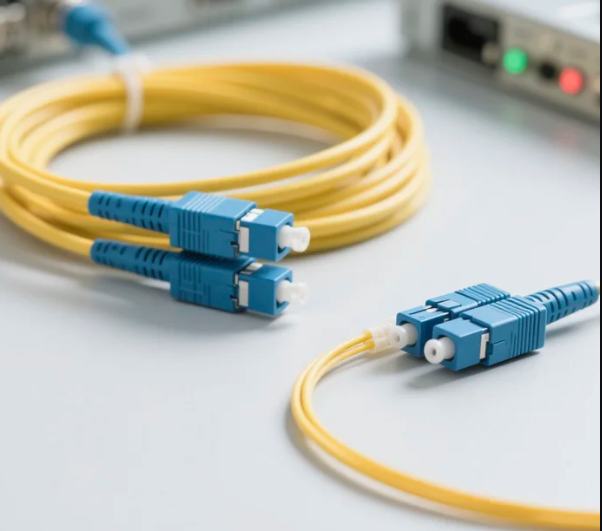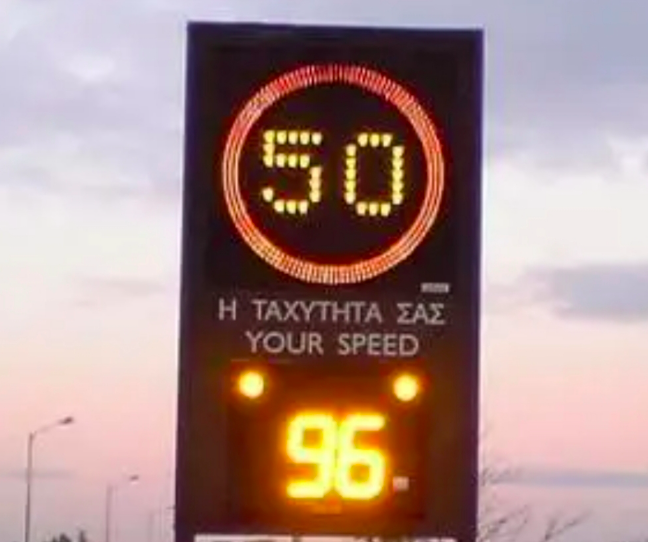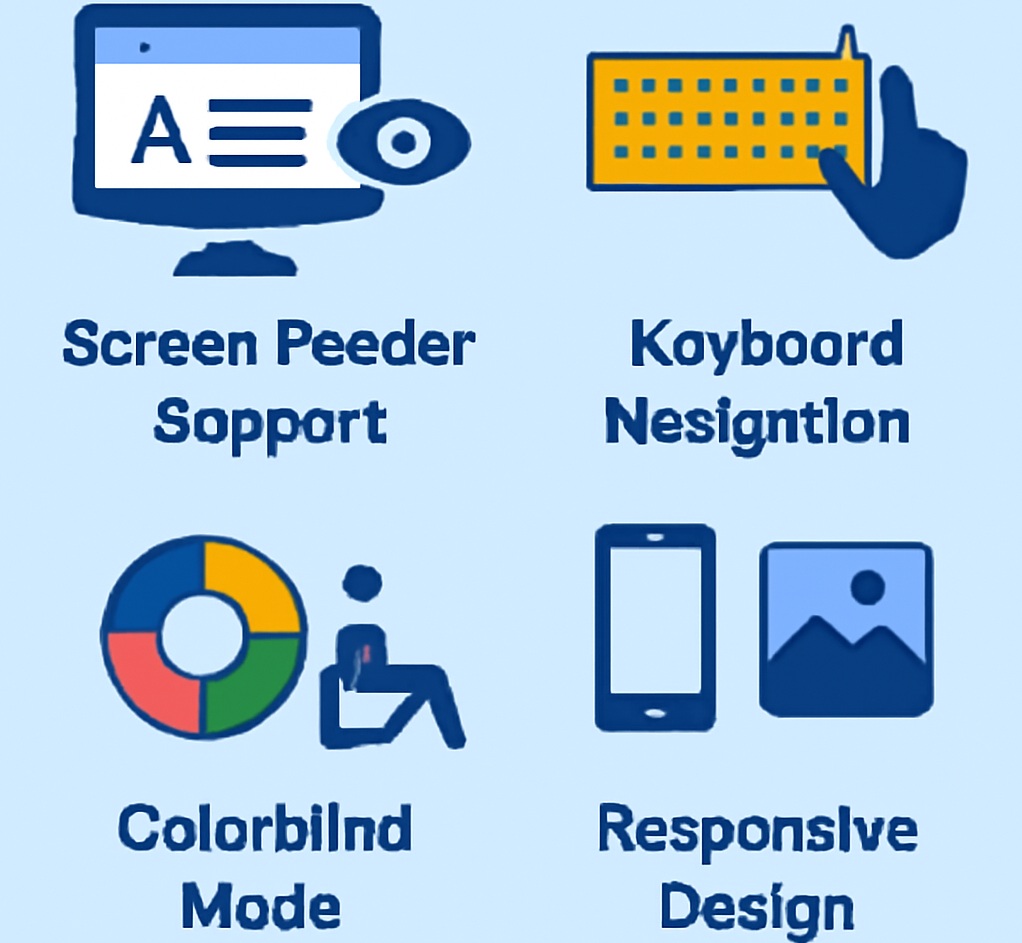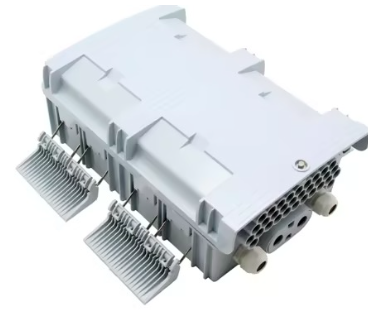目录
When setting up a fiber optic network, choosing the right component is important for stable performance and easy maintenance. Many network installers face a common question: should they use a patch cord and pigtail for a specific connection? The answer depends on the setup, the number of fibers needed, and how the network is organized. Knowing the differences and how each is used can save time, reduce costs, and improve network reliability.
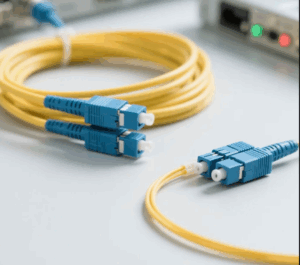
Patch Cord and Pigtail: Where to Use Them
Although both connect fiber networks, patch cords and pigtails serve slightly different purposes. Patch cords are ready-to-use cables that connect devices directly, while pigtails are mainly used for splicing fibers into a network frame or distribution box. Choosing the right one depends on whether you need plug-and-play connections or spliced connections.
- Connecting Devices
Patch cords are perfect for linking switches, servers, or patch panels. For example, a 12-fiber patch cord can connect multiple servers in a data center at once, with very little signal loss . This makes setup fast and reliable.
- Splicing Fibers
Pigtails work best when fibers need to be spliced. For example, in an FTTH setup, a 4-fiber butterfly flat indoor pigtail can splice four subscriber fibers into a single distribution box, keeping the installation neat and organized. Pigtails are also useful when expanding a network without disturbing existing connections.
Choosing Based on Fiber Count: Simplex, Duplex, Multi-fiber
The number of fibers is important when deciding between a patch cord and a pigtail. Using the right number of fibers ensures good performance and avoids wasting material.
(1)Single Fibe
- Patch Cord: Ideal for connecting a single device, like an ONT to a modem in a home.
- Pigtail: Splices a single fiber from a main cable into a distribution frame with minimal signal loss
(2)Duplex Fibers
- Patch Cord: Supports two-way communication between devices like switches and servers. A duplex patch cord typically loses less than 0.3 dB per fiber.
- Pigtail: Efficient for splicing two fibers into a patch panel, ensuring smooth bidirectional signals.
(3)Many Fibers
- Patch Cord: Multi-fiber cords connect multiple devices at once, saving time in data centers. A 24-fiber patch cord can handle 24 channels simultaneously.
- Pigtail: Multi-fiber pigtails allow several fibers to be spliced into a panel in one step, keeping racks tidy and organized.
Performance and Installation Tips
Choosing between a patch cord and pigtail also depends on performance and installation environment.
(1)Signal Quality
- Signal Loss: Patch cords lose very little light, about 0.3 dB per fiber. Pigtails lose slightly less after splicing, around 0.25 dB.
- Reflected Light: Some light bounces back in the connector. For normal installations, patch cords reflect less than 45 dB of light, and pigtails with angled connectors reflect less than 55 dB.
(2)Environment
- Indoor vs Outdoor: Use LSZH (low-smoke, zero-halogen) jackets indoors. Outdoor cables may need armored jackets.
- Bending: Avoid sharp bends. The minimum bend radius is usually 10 times the fiber diameter for static installation. Dynamic bends should not exceed 20 times the diameter.
- Temperature: Indoor cables work from -20°C to +70°C. Outdoor armored cables can withstand -40°C to +85°C.
Installation Scenarios
- Data Centers
Patch cords reduce splicing needs and connect devices immediately. Multi-fiber cords are ideal for 1U or 2U panels, linking dozens of servers quickly.
- Home Fiber Networks
Pigtails allow multiple subscriber fibers to be spliced into a distribution frame. Using 4F or 8F pigtails reduces cable clutter and makes future expansions easier.
- Mixed Installations
Many networks use both patch cords and pigtails. Feeder fibers are spliced with pigtails into a panel, then patch cords connect devices. This setup balances convenience and flexibility while keeping signal loss low.
- Home Network
A 4-fiber butterfly flat pigtail is spliced in a small distribution box. Patch cords connect each ONT to a modem.
- Data Center
24-fiber patch cords connect 24 servers to a patch panel. Duplex pigtails terminate backbone fibers into the same panel.
- Telecom Room
Pigtails splice main fibers into the patch panel. Patch cords then connect switches or routers for ready-to-use links.
Conclusion
Choosing a patch cord and pigtail depends on how many fibers you need, the type of connection, and where the network is installed. Patch cords are easy to use and great for direct connections between devices. Pigtails offer flexibility for splicing, high-density setups, and neat fiber management. By considering fiber count, connector type, environment, and signal quality, network installers can build efficient, reliable, and expandable fiber optic networks.
0